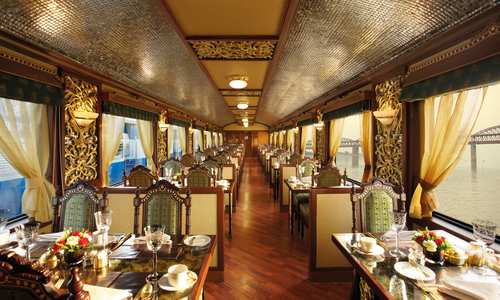Introduction
Agra is located in Uttar Pradesh, the northern state described as a ‘world in itself' by the Indian writer Ruskin Bond. It's a city best loved for the architectural wealth of the imperial palaces, tombs, forts and gardens which dot its riverine landscape, sublime evidence of the imperial Mughal court seated here during the 16th and 17th century before it was moved to Delhi. Of these, the Taj Mahal, Agra Fort and emperor Akbar's nearby abandoned capital of Fatehpur Sikri are the most revered.
Taj Mahal
The Taj Mahal is one the most famous buildings on earth, a magnificent expression of eternal love, an architectural masterpiece and, quite rightly, one of the New Wonders of the World. The exquisite tomb and Islamic inspired gardens always captivate, while the daily play of light across the Taj's marble walls is a sight to behold. Indeed, the Taj Mahal's perfect proportions, distinct feminine touches and ornamentation make it India's most visited attraction.

Agra Fort
The impressive Agra Fort was commissioned by emperor Akbar in 1565 and built on the remains of existing Rajput fortifications. The fort's forbidding exteriors hide an inner paradise of courtly buildings, the colonnaded arches of the Diwan-I-Aam (Hall of Public Audience) and the exquisite Moti Masjid mosque - a pearl-shaped white marble building ordered by Shah Jahan.

Fatehpur Sikiri
The abandoned red walled city of Fatehpur Sikri outside Agra was the Mughal capital for 14 years and is now a World Heritage site. A blend of Hindu and Islamic architectural styles, the former royal complex has defined public and private areas, imposing gateways and evidence of plundered treasures. The Neemrana Fort Palace in Rajasthan is one of India's oldest heritage resorts. It is located roughly halfway between Agra and Jaipur and is an excellent alternative to staying in Agra itself if you plan to explore The Golden Triangle.

















